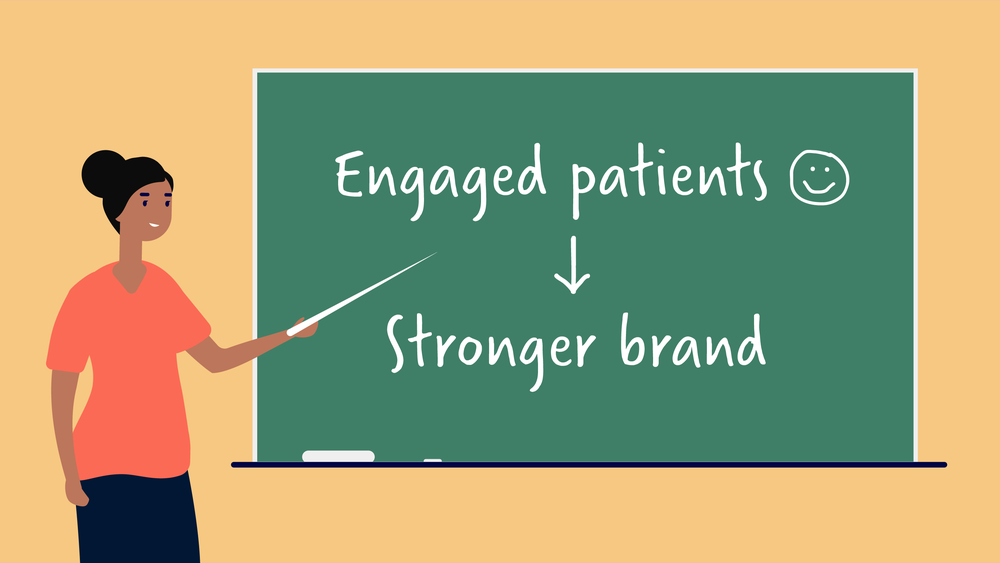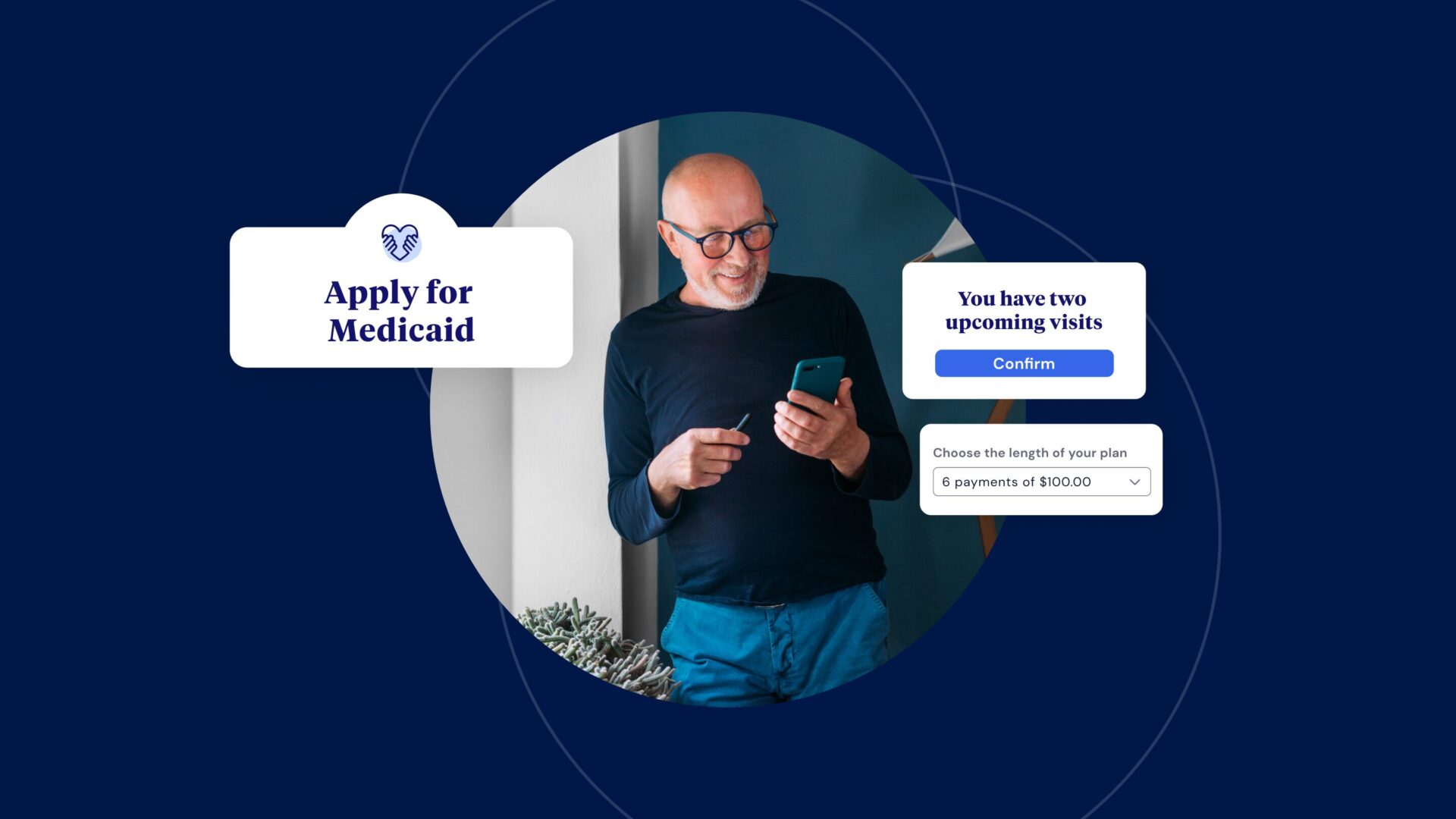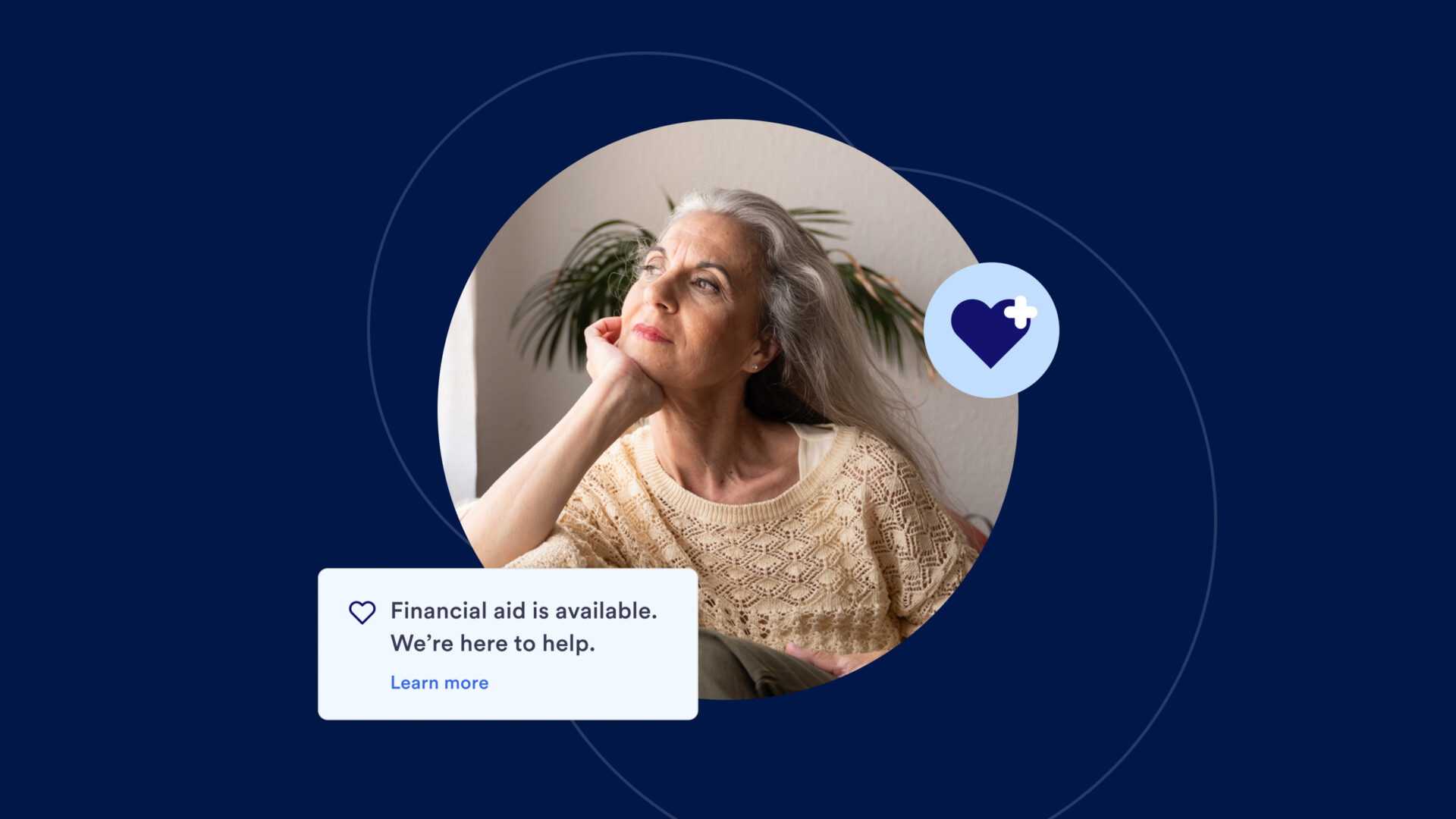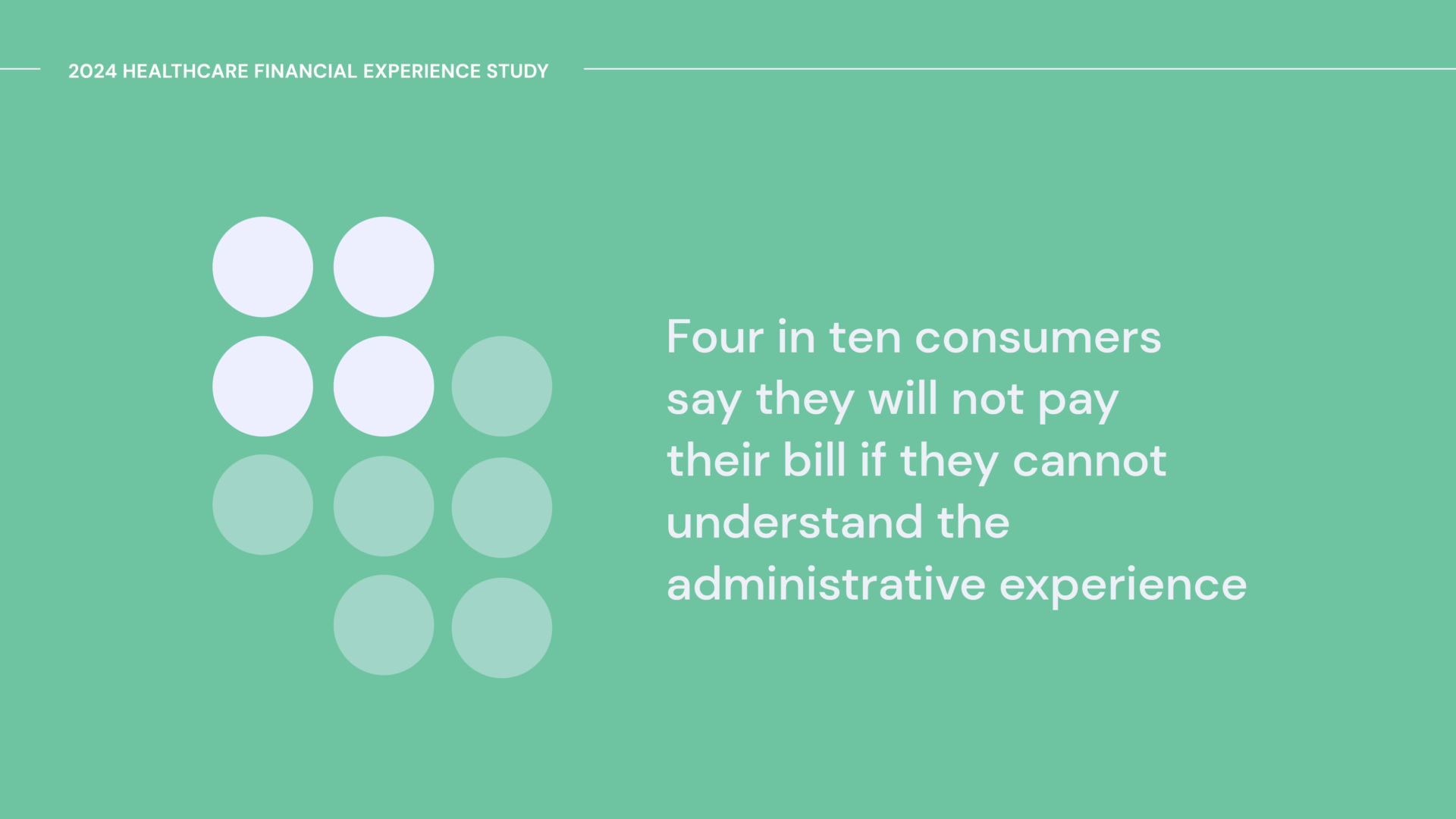Think about the last time you received a bill from your healthcare provider. Chances are, you probably forgot about it—and may have even accidentally thrown out the statement, or deleted the email.
Now, think about the last time you received a message from your favorite retailer. In this case, you probably didn’t forget about it, because the message felt like it was tailored directly to your preferences. The brand’s communications were likely delivered on a channel you frequently engage with, at a time that was convenient, and let you know that hiking boots you had in your cart are now 30% off.
If you look at companies in consumer industries, their outbound communications are typically very personalized—99% of marketers say personalization helps advance customer relationships, with 78% claiming it has a“strong” or “extremely strong” impact. This makes good sense, as the needs and goals of each individual customer can be very different, and require communications that are designed around them. And while medical care is personalized to each patient, the same cannot be said for the post-visit billing experience.
While consumer marketing will always have different goals and tactics than healthcare systems, providers still need to personalize the entire care journey—including the medical and financial experience —in order to build lasting relationships. Despite these differences, there are three key lessons that providers could learn from consumer marketing pros in order to bridge this gap between the patient experience and customer expectations.
High touch communication
Consumers have become used to receiving messages tailored directly to their preferences – including the frequency in which they receive these messages from brands. 81% of consumers want brands to get to know them and understand when to approach them and when not to, and these direct, personal interactions are part of high touch marketing strategies. Sephora, for example, relies on data to promote the right products on the right channels at the right time, even utilizing a Kik chatbot to identify the makeup preferences of their customers via text – both in store, and online.
When it comes to patients, our research has shown there is an optimal frequency for communicating bills to patients. We’ve identified that frequent — but not intrusive — intervals as the best way to strike the right balance between financial performance and patient satisfaction. For example, Cedar often communicates bill reminders via text messages. While increasing the frequency of these reminders could lead to higher engagement rates (and in turn, higher collection and resolution rates) in the short term, there will likely be negative effectives in the long term — including high unsubscribe rates and an overall negative patient experience.
Ongoing experimentation
While experimentation doesn’t always immediately come to mind outside of the science lab, a marketing experiment is really just a form of market research that determines how to optimize a campaign. For example, a marketing team might run an A/B test in order to determine the best messaging content. In this case, the team will develop a hypothesis (i.e., that copy “A” will do a better job at promoting their campaign than copy “B”), and testing that hypothesis. Netflix runs 250 A/B tests per year in order to generate content recommendations that are in line with the specific tastes of each user.
Our data science team is constantly designing and implementing new experiments to understand how different outreach strategies impact digital engagement and financial outcomes. Below are some recent examples of experiments we’ve been running around outbound communications:
- When should you first bill patients? Cedar has ongoing experiments to identify the optimal day of week and time of day to communicate bills to patients via text message and email. We use an algorithm that favors the highest performing variables while continuing to explore all other options; this constant testing and learning results in engagement strategies that evolve over time.
- What’s the best way to text patients about bills? We conducted an experiment to learn which text message copy for initial bill communications drove the highest engagement and lowest unsubscribe rate. For example, we tested copy blocks of varying length (longer copy performed better) as well as the use of greeting emojis (which were not very effective).
We use our personalization engine to run these experiments, in order to determine the optimal message content, channel, and timing for outbound communications. And as a result, our clients see clear and immediate improvement to the patient experience, with upwards of 70% of patients engaging with Cedar’s digital outreach while maintaining a 95% patient satisfaction score.
Optimize your omnichannel strategy
Over the past few years, “digital-native” brands like Amazon and Warby Parker have opened brick-and-mortar storefronts. At first glance, this may seem surprising, but today’s consumers shop across multiple channels and multiple devices, and companies with strong engagement across these channels (i.e., omnichannel) retain almost 90% of their customers. In order to maximize value creation through omnichannel outreach, the best marketers factor in the costs of these various communication methods with impact on campaign performance.
At Cedar, we provide omnichannel outreach (paper, text, email, call) for billing, and we factor the costs associated with our various communication methods as well as the impact to patient collections performance into our outreach strategy to deliver the best possible results. Last year, we wanted to reduce paper costs and give patients the opportunity to share their preferred method of communication, so we implemented a new experiment to add a checkbox to the patient payment app to allow users to unsubscribe from receiving paper statements. While the initial results indicated that our experiment was working, it eventually became clear that these patients who opted out of paper statements had overall lower engagement and lower collection rates — specifically when they received bills from providers with less brand recognition. These longer term impacts (less engagement, fewer bills resolved) revealed that this experiment did not move the needle in a positive direction for these types of providers.
A health system could provide first-rate medical care, but if a patient has a difficult, confusing billing experience afterwards, they are going to have a negative opinion about that healthcare provider overall. At Cedar, we incorporate these marketing best practices in order to understand the ways in which patients like to interact with their providers (as well as the ways they don’t), and develop solutions that keep patients happy and businesses healthy.
To dive deeper into consumer expectations for a better healthcare financial experience, click here to read the Healthcare Consumer Experience Study from Cedar and Forrester Consulting.



